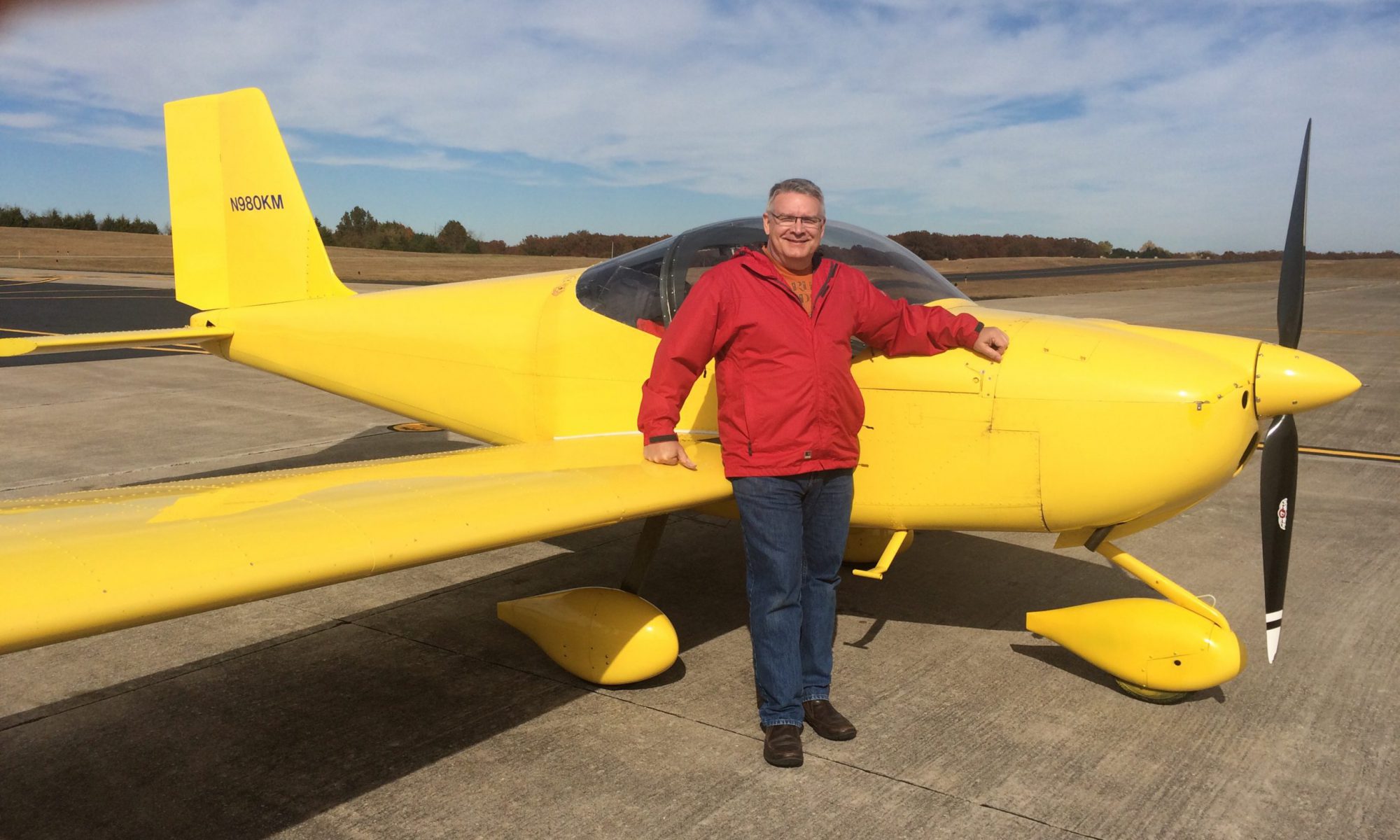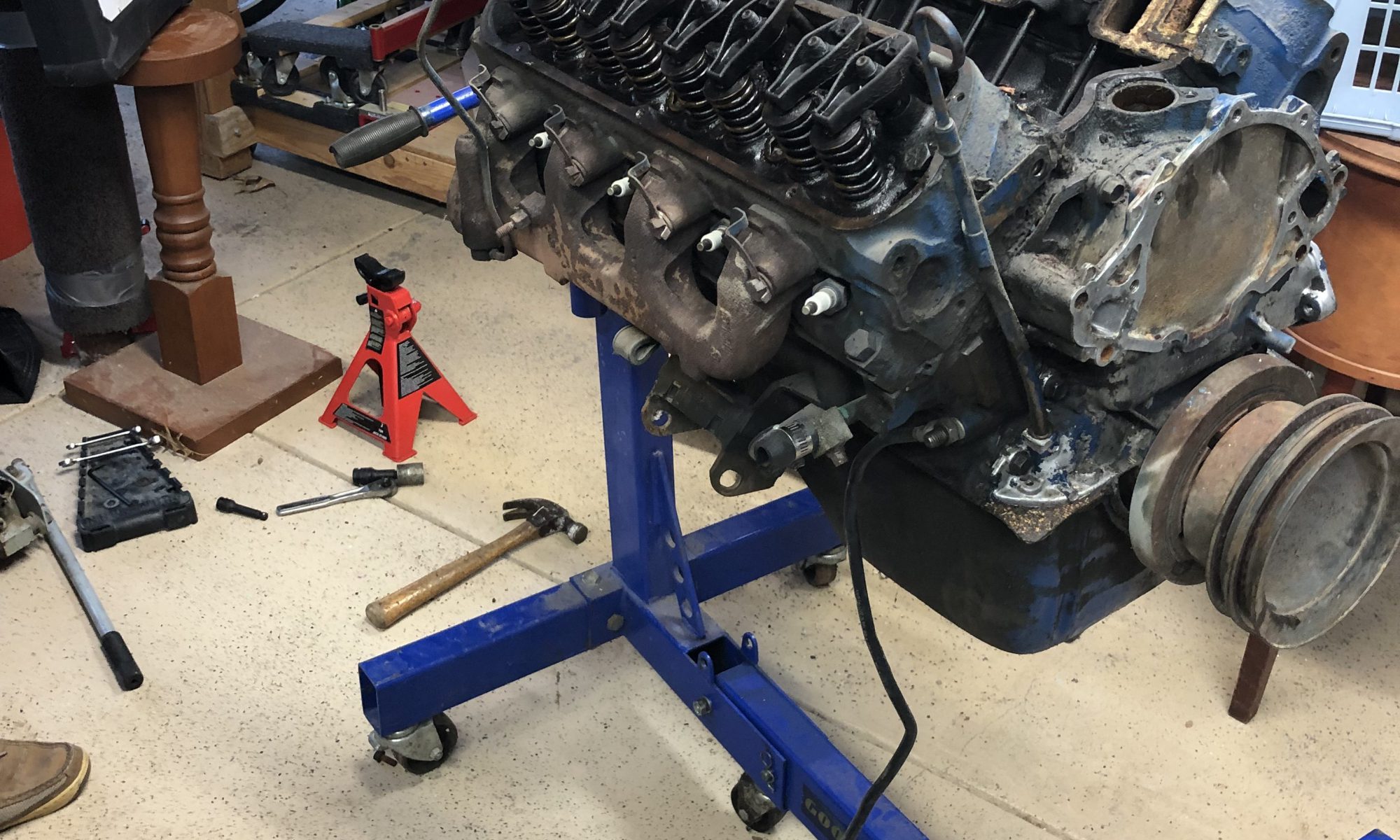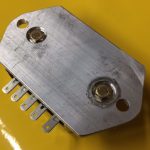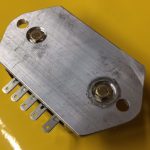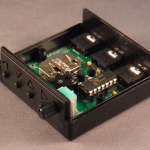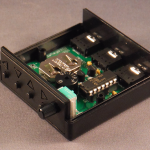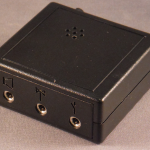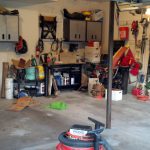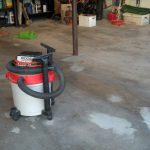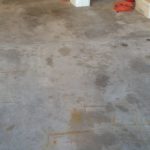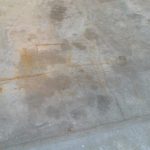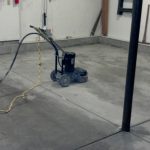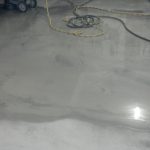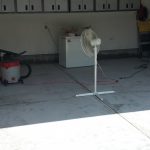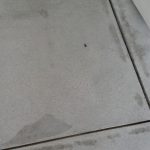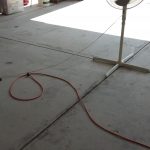I was looking back through some old posts and found a few mentioning issues with pipes, especially bent pipes, “gurgling” as moisture accumulated in the pipe while smoking. I’d tried drying the tobacco, smoking slower, and so on. Some pipes still seemed to have problems.
Since i’ve been blending my own pipe tobacco using home-grown and unadulterated whole leaf tobacco, this “problem” has been largely nonexistent. I have come to the conclusion that the propylene glycol and possibly other humectants – glycerin and so on – that are used in virtually all commercial pipe tobacco blends to control moisture and prevent mold – are the reason. I don’t use any of that, nor do I add flavored “toppings” or heavy casing to my tobacco leaf. At most I’ll mist the leaf with some decent quality bourbon or something as I blend it, which seems to really improve some blends. I do not, however, add any humectants, which allows me to get the resulting mixture as dry as needed for proper smoking.
I’ll still get some occasional moisture in the pipe, especially if I’m smoking more quickly or if the blend is a bit more moist than usual. Some pipes are more probe to it than others. I have not, however, had any problems with excessive gurgling since starting to smoke my own blends. Plus, I know exactly what is and is not in my tobacco. I’m happy with that. I still have several jars of various commercial blended tobacco, but I’m not buying more – though I might be tempted into a tin or two of Escudo some day.
I’ve also started to broaden my horizons a little. I recently bought small quantities of tobacco leaf that I haven’t tried before, specifically some Burley and Maryland 609, which is commonly used as a cigar filler. I’d avoided burley blends because the commercial ones I’d tried I generally did not like, but I just mixed up a little burley, flue cured VA, and some Virginia Cavendish I’d cooked up in 2023. It’s not bad, and deserves further exploration, I think. Maybe a little of something else, some Oriental or Perique or Latakia might give it a little more complexity and make it really enjoyable.
